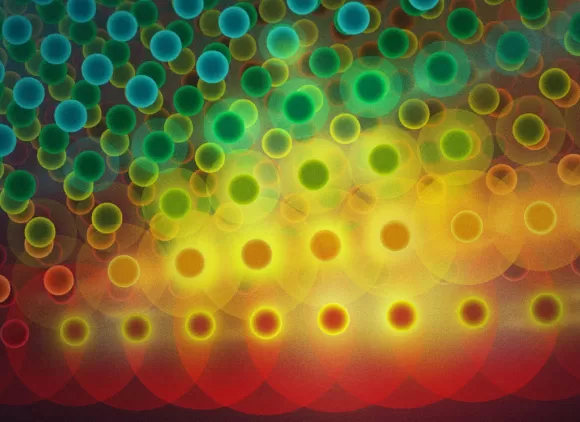About the series
Abstract:
This talk-suitable for a wide CS audience-has two parts. The first part will discuss possible directions for computer architecture research, including architecture as infrastructure, energy first, impact of new technologies, and cross-layer opportunities. This part is based on a 2012 Computing Community Consortium (CCC) whitepaper effort led by Hill. The second part of the talk is an example of the cross-layer research advocated in the first part. Analysis shows that many "big-memory" server workloads, such as databases, in-memory caches, and graph analytics, pay a high cost for page-based virtual memory: up to 50% of execution time wasted. Via small changes to the operating system (Linux) and hardware (x86-64 MMU), this work reduces execution time these workloads waste to less than 0.5%. The key idea is to map part of a process's linear virtual address space with a new incarnation of segmentation, while providing compatibility by mapping the rest of the virtual address space with paging.
Bio:
Dr. Mark D. Hill is the Gene M. Amdahl Professor of Computer Sciences and Electrical & Computer Engineering at the University of Wisconsin-Madison, where he also co-leads the Wisconsin Multifacet project. His research interests include parallel computer system design, memory system design, computer simulation, deterministic replay and transactional memory. He earned a Ph.D. from the University of California, Berkeley. He is an ACM Fellow, a Fellow of the IEEE, co-inventor on 30+ patents, and ACM SIGARCH Distinguished Service Award recipient. Hill's 30-year career has been largely supported by NSF.
The Webinar will be held from 10am to 11am EST on Wednesday, December 18, 2013.
Please register at https://nsf.webex.com/nsf/j.php?ED=231588382&UID=0&PW=NNGUyYjBiZGQx&RT=MiMxMQ%3D%3D by 11:59pm EDT on Tuesday, December 17, 2013.
After your registration is accepted, you will receive an email with a URL to join the meeting. Please be sure to join a few minutes before the start of the webinar. This system does not establish a voice connection on your computer; instead, your acceptance message will have a toll-free phone number that you will be prompted to call after joining. In the event the number of requests exceeds the capacity, some requests may have to be denied.


